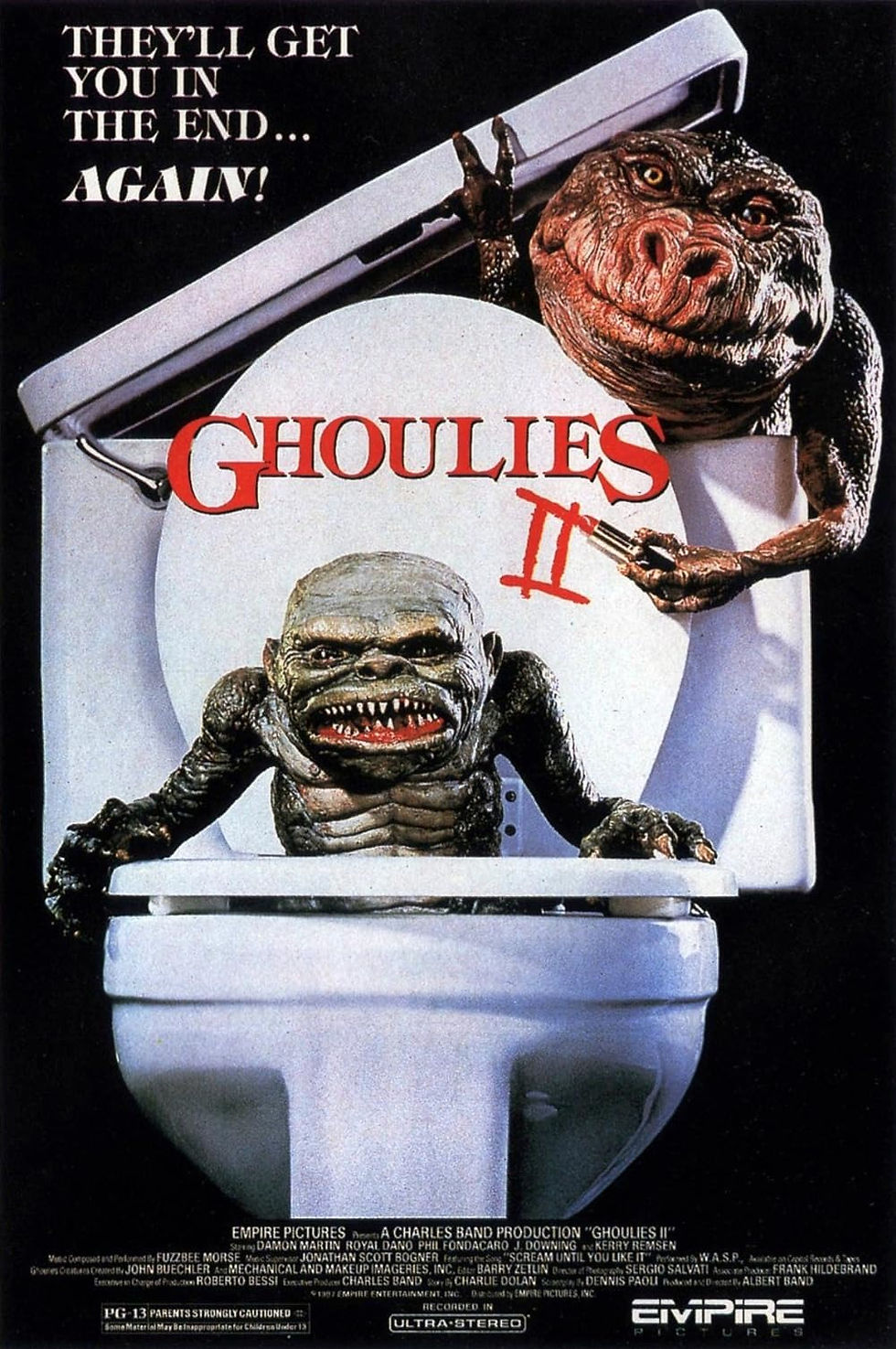Hammer Horror: The British Invasion of Horror Cinema
- Allan Major

- Mar 19, 2024
- 3 min read

Buckle up, my fellow ghouls and goblins, because we're about to embark on a journey into the shadows. A journey back to an era when blood was a deeper shade of crimson, shadows were more menacing, and horror dripped with lurid, gothic beauty. Forget the sanitized scares of today - we're talking about the legendary film studio that dragged horror out of the black and white and splashed it with vivid, unforgettable color... Hammer Horror.
Hammer Horror: A Blood-Soaked Legacy
The name Hammer Film Productions evokes a bygone era of cinema. It's a name etched on the tombstones of the horror genre, signifying a British invasion that forever altered the cinematic landscape of terror. From their humble beginnings to their spectacular rise and tragic demise, Hammer carved out a niche dripping in atmosphere and visceral thrills.
Forget the understated scares and slow-burn tension that dominate modern horror. Hammer Horror was anything but subtle. Their productions reveled in shocking their audiences, reveling in the monstrous and the taboo with a flair that was unique and unforgettable.

Dracula, Frankenstein, and a Technicolor Revolution
This wasn't just horror, it was horror in blazing Technicolor. Imagine the blood dripping from Dracula's fangs no longer grayscale, but a shocking, eye-popping red. The Creature from Frankenstein's patchwork flesh wasn’t a mere wash of black and white, but a grotesque tapestry of greens, blues, and sickly yellows. Hammer didn't just make horror films, they transformed them into an operatic experience for the senses.
Sure, the acting could be melodramatic at times, the scripts occasionally veered into camp, but that was all part of the Hammer charm. It was a studio unafraid to take risks and embrace the lurid appeal of the horror genre, creating a cinematic language that still resonates today.
Iconic Stars: Cushing and Lee
Hammer's rise was meteoric, powered largely by two formidable talents: Christopher Lee and Peter Cushing. Lee, as Dracula, became synonymous with bloodthirsty elegance, a vampire whose aristocratic allure masked a predatory nature. Cushing, often cast as his nemesis, brought an intellectual intensity to the heroes who stood against the darkness, most notably as Van Helsing, Dracula's relentless hunter.
Theirs was a cinematic dance of predator and prey, eternally locked in a struggle between good and evil. Lee and Cushing embodied their roles with a ferociousness and energy that spilled off the screen; it was the stuff of horror legend.

The Gothic World of Hammer Horror
Now, Hammer wasn't just about blood and monsters. Its films were steeped in an atmosphere so thick you could almost smell the cobwebs and damp stone. Crumbling castles, fog-shrouded moors, haunted graveyards - these became the playgrounds of Hammer Horror. Their use of gothic imagery was masterful, conjuring an Old World aesthetic that felt both timeless and terrifying.
Women weren't just victims waiting to scream in Hammer films. They were often powerful forces in their own right, whether as vampire vixens or doomed heroines. With their heaving bosoms and flowing gowns, they became iconic symbols of Hammer's brand of horror.
Hammer's Demise and Undying Legacy
Alas, all empires crumble, and Hammer was no different. By the 1970s, changing tastes and a reliance on tired formulas led to their decline. The once vibrant blood turned anemic, their gothic charms replaced by an over-reliance on sex and schlock. While their final films were largely forgettable, Hammer's legacy refused to die.
Their influence echoed through the decades, seen in everything from the Gothic flourishes of Tim Burton to the visceral horrors of modern cinema. Hammer films remind us that horror can be beautiful, thrilling, and even a little bit outrageous.
So, if you've got a thirst for blood-drenched nostalgia and that unique, unsettling magic that only Hammer Horror could provide, raise your glass (filled with something appropriately crimson, of course). Here's to the studio that proved horror could be bold, brash, and a hell of a lot of fun.







